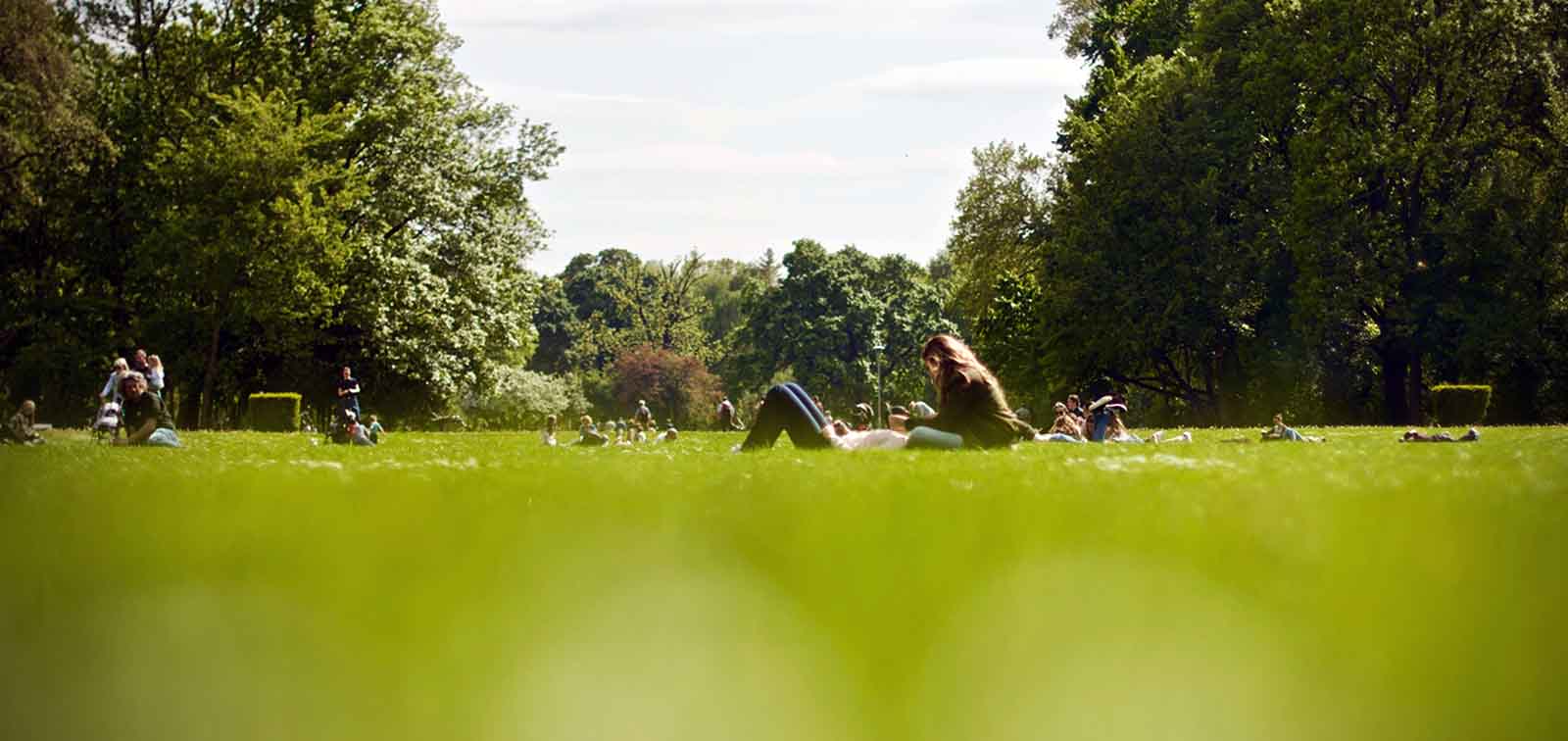People Living Near Green Spaces Are at Lower Risk of Metabolic Syndrome
A study analyses for the first time the relation between long-term exposure to residential green spaces and a cluster of conditions that include obesity and hypertension
26.09.2019
Middle-aged and older adults that live in greener neighbourhoods are at lower risk of developing metabolic syndrome than those living in areas with less green spaces. This is the main conclusion of a new study by the Barcelona Institute for Global Health (ISGlobal), an institution supported by ”la Caixa”, which provides further evidence on the health benefits of green spaces.
Metabolic syndrome is a cluster of conditions that occur together and include obesity, hypertension, high blood sugar levels, and abnormal fat levels. It is a major risk factor for non-communicable diseases such as heart attacks, diabetes or stroke. To date, a number of studies have analysed the relationship between exposure to green spaces and individual components of metabolic syndrome. In this study, ISGlobal examined the link with metabolic syndrome as a whole, providing an indicator of overall cardiometabolic health, and in the long-term.
The longitudinal study, published in Environmental Pollution, used data from over 6,000 adults –aged between 45 and 69 at the start of the study– from the Whitehall II cohort from the UK. Participants underwent four examinations over a period of 14 years (1997-2013), with a series of tests including blood analysis, blood pressure and waist circumference measurements. Residential greenness was determined by satellite images.
These findings suggest that long-term exposure to green spaces can play an important role in preventing metabolic syndrome as a whole, as well as individual components such as large waist circumference, high levels of blood fats or hypertension.
The mechanisms underlying this association “could be related to better opportunities provided by green spaces to perform physical activity as well as a decrease in exposure to air pollution”, explains Carmen de Keijzer, ISGlobal researcher and first author of the study. The association observed was higher for women than for men. “Women tend to spend more time in their residential neighbourhood, which could explain this gender difference”, adds the researcher.
“The study found more health benefits in those areas with higher tree coverage, which provides a basis for investigating the types of vegetation that impact positively on our health”, says Payam Dadvand, ISGlobal researcher and last author of the study.
"Green spaces could help reduce the burden of non-communicable diseases, one of the top priorities in public health nowadays. We need greener cities if we want healthier cities”, Dadvand stresses.
A recent study, also by ISGlobal, showed that people living in greener areas have a slower cognitive decline. Less stress, greater longevity, or a better overall and mental health are other benefits proved by scientific studies.
Reference
Carmen de Keijzer, Xavier Basagaña, Cathryn Tonne, Antònia Valentín, Jordi Alonso, Josep M.Antó, Mark J.Nieuwenhuijsen, Mika Kivimäki, Archana Singh-Manoux, Jordi Sunyer, Payam Dadvand. Long-term exposure to greenspace and metabolic syndrome: A Whitehall II study. Environmental Pollution. September 2019. https://doi.org/10.1016/j.envpol.2019.113231



